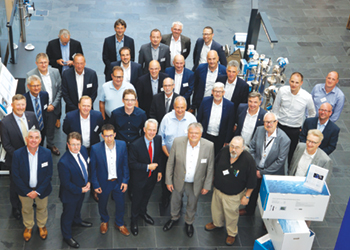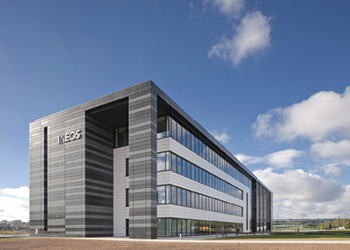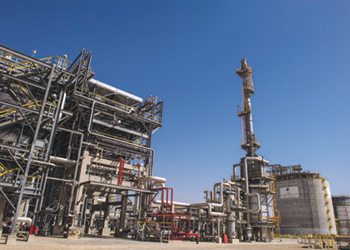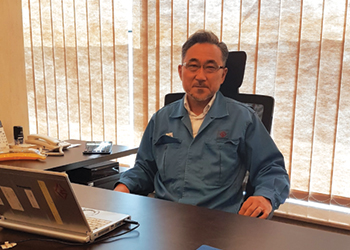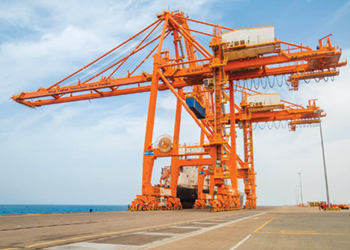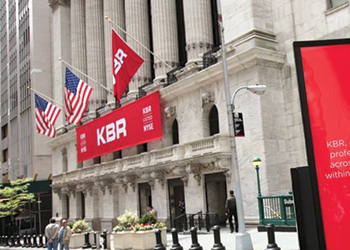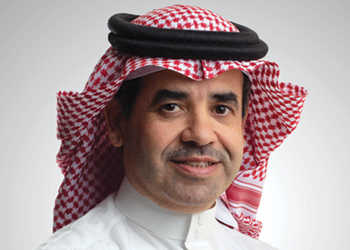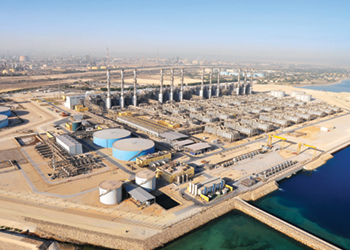
 Oclarino ... energy challenge needs collaborative efforts
Oclarino ... energy challenge needs collaborative efforts
As countries worldwide strive to meet the global targets towards a clean energy of tomorrow, the International Organisation for Standardisation (ISO) is in an exceptional position to support key players by establishing international standards
The world is ready for a change. Improving energy efficiency and reducing energy consumption are at the forefront of the global climate change agenda, says Roxanne Oclarino, Technical & Marketing Supervisor, Intertek Business Assurance, Saudi Arabia and Bahrain.
Unified with the ultimate goal to mitigate climate change, 196 signatory bodies of United Nations Framework Convention on Climate Change (UNFCCC), convened during Conferences of the Parties (COP24) last December 2018 in Katowice, Poland. The convention aimed to assess the progress on their individual action plans in implementing the Paris Agreement, a treaty established in 2015 which sets a worldwide target to limit global warming well below 2°C.
However, things are easier said than done. This is a goal that cannot be simply achieved by government sectors alone. Business and industry leaders all have a role to play and organisations can contribute to achieve this goal by integrating a culture of energy efficiency in their processes, she says.
As countries worldwide strive to meet the global targets towards a clean energy of tomorrow, the International Organisation for Standardisation (ISO) is in an exceptional position to support key players by establishing international standards to equip them with a structured approach to partake in the energy challenge.
The energy challenge requires collaborative efforts of all countries worldwide. Strategically, ISO’s international standards were established with all stakeholders onboard: government, industry, and consumers. They represent a global consensus on practical solutions that can be implemented anywhere.
ISO 50001, originally published by ISO in June 2011, is an international energy management standard. It provides a framework for any organisation to manage energy. Just like the world’s most popular international management system standards such as ISO 9001 for Quality and ISO 14001 for Environmental Management, ISO 50001 follows the Plan-Do-Check-Act methodology to facilitate continual improvement in line with any organisation’s goals. By implementing the standard, an organisation’s energy efficiency, use, and consumption can be optimised by taking a management systems approach.
The standard obliges companies to determine and focus on its significant energy uses (SEUs), develop energy performance indicator(s) (EnPIs), and monitor the results over measurement and monitoring actions that facilitate continual improvement of its energy performance. Its latest version, ISO 50001:2018, shifts its focus on the responsibility and accountability of leadership on the organisation’s energy performance, combined with a risk management approach.
According to ISO, the standard can influence up to 60 per cent of the world’s energy use, with broad applicability across national economic sectors. Roland Risser, Chair of ISO technical committee ISO/TC 242 on energy management that developed the ISO 50001, said: "Living in a world of uncertainty, companies cannot control prices, government policies or the global economy, but they can improve the way they manage energy," she notes.
The benefits speak for themselves: better use of resources and assets and less costs and consumption. First, it can help us cut our carbon dioxide (CO2) emissions. Second, implementing the standard makes complete sense for business, with predicted energy savings of $600 billion (62 exajoules). The US Department of Energy was able to demonstrate that ISO 50001 not only increased energy savings, but facilities using the standard outperformed those that didnʼt by up to 65 per cent.
What makes ISO 50001 a powerful tool is that it is aligned with the United Nation’s Sustainable Development Goals (SDGs) and helps countries achieve the commitments pledged.




















































































